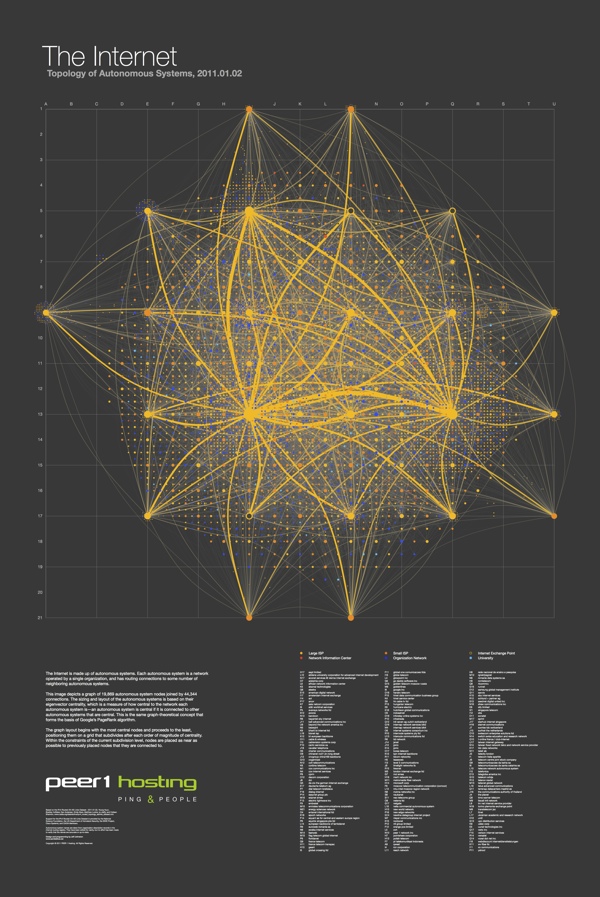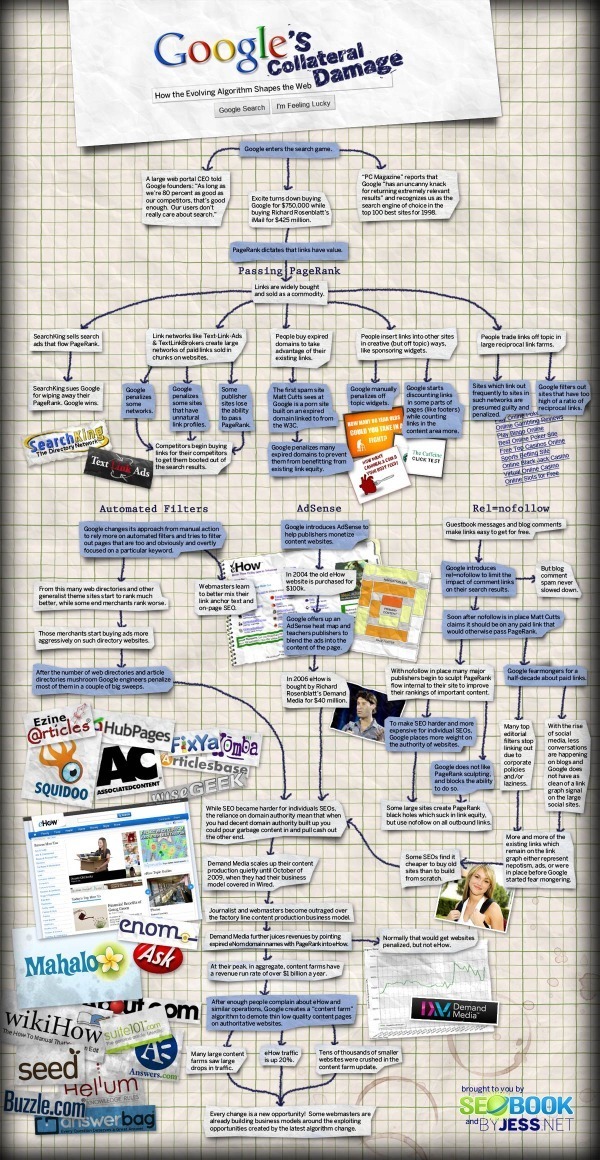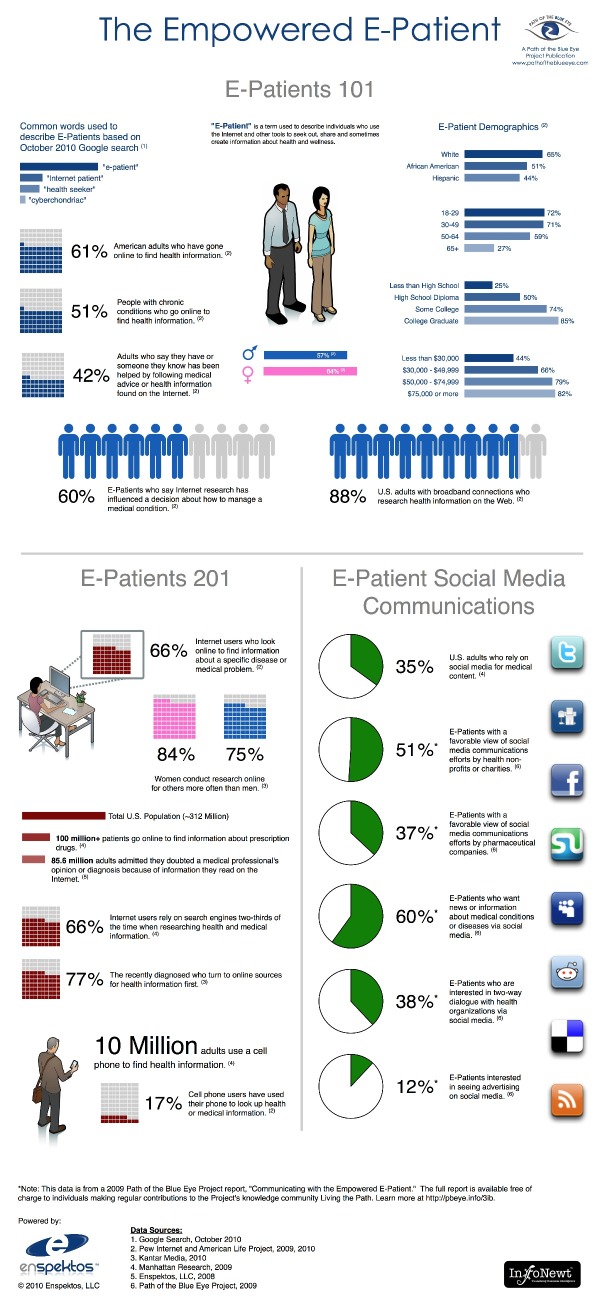Real Estate: Social Media Killed the Blog Star
Another good infographic from Fixr.com about the how the real estate industry is changing. Social Medai Killed the Blog Star: Real Estate looks at how buyers are finding their information online and who are the most influential blogs and real estate people on Twitter.
I like the use of company logos and Twitter profile images. I also like that all of the data is built-in to the pie charts and bar charts to make it easier for the readers to comprehend.
The side-by-side Top 10 lists are interesting, but because they’re based on different measurements (followers vs. Alexa page rank), the graphic should give the reader some context of how to compare the different values. Why do these lists support the overall message that social media is more important than blogging?
Some major technical errors as well. Pie chart percentages should ALWAYS add up to 100%. The pie charts here add up to 71%, 99%, 91% and 100%, which means that the visual of the slice sizes doesn’t match the data. You never want your data visualizations to tell a story that isn’t supported by the data.
Thanks to Raul for sending in the link!









 Randy
Randy











